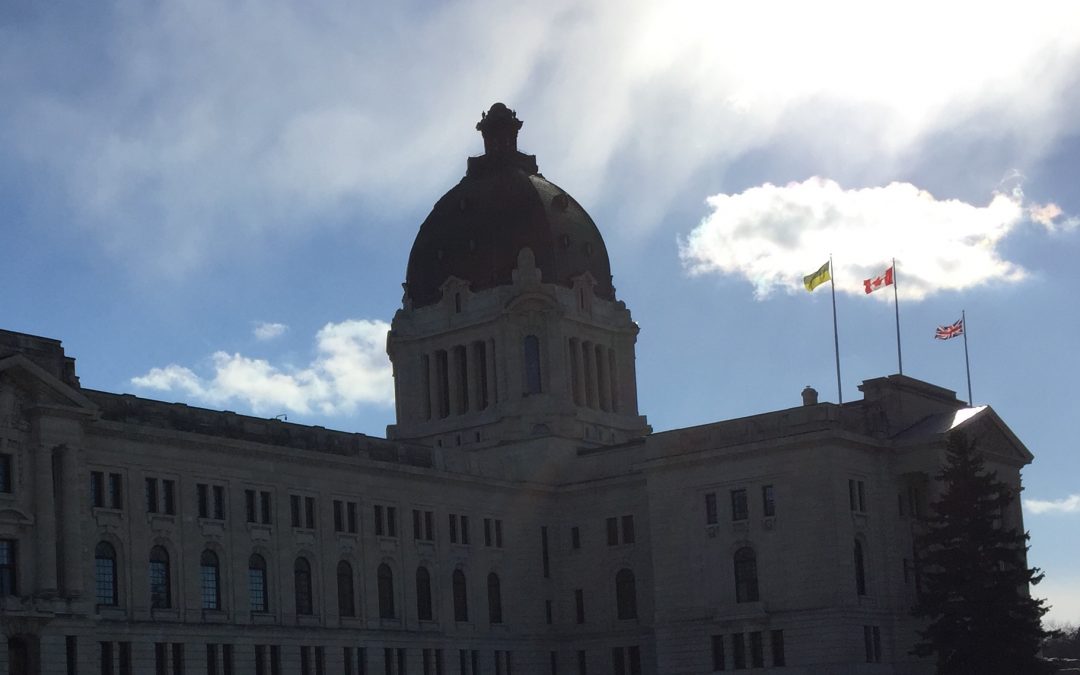The Provincial Auditor is recommending the Ministry of Education enhance specific measures and targets for increasing educational outcomes for Indigenous students.
Tara Clement’s report suggests that graduation rates between 2018 and 2021 have remained relatively unchanged, despite the Ministry implementing targeted measures. Statistics found that 44.7 percent of Indigenous students graduate high school within three-years of entering Grade 10, compared to 88.7 percent of non-Indigenous students.
“A large gap in three- and five-year graduation rates between Indigenous and non-Indigenous students persists. About 60 percent of Indigenous students graduate from Grade 12 within five years after starting Grade 10, compared to over 90 percent of non-Indigenous students. This potentially leaves close to 40 percent of Saskatchewan’s Indigenous students significantly disadvantaged without a high school diploma, limiting their employment opportunities,” the report states.
Clement notes that in 2012, Indigenous graduation rates were 35 percent, with a goal of reaching 65 percent by 2020. Clement recommends the Ministry track Indigenous educational outcomes earlier than Grade 10, suggesting Grade 7.
“Some Indigenous students may not stay in school; therefore, waiting until Grade 10 to start measuring Indigenous student performance is too late to provide early intervention or to apply initiatives for Indigenous student success. Good practice suggests the Ministry track and report on Indigenous student academic achievement outcomes before Grade 7. A strong start to education provides students with the opportunity to develop skills needed to be successful in school and life. As learning is a cumulative process, difficulties early on can have a lasting effect throughout a student’s education,” read the report.
“Living without a high school diploma can be a significant obstacle to employment. As of 2016, Saskatchewan’s Indigenous population continued to have higher rates of unemployment than their non-Indigenous counterparts—18.6 percent compared to 5.6 percent. 16 Improving Indigenous student educational outcomes will also expand the education level and skills of the labour force, as well as reduce costs in justice and corrections, child and family services, healthcare and social assistance.”
As universities in Canada continue to develop Indigenous identity policies for students and staff, in the wake of three high-profile incidents of non-Indigenous people allegedly benefiting from false claims.
Tara Clement suggests Sask. Polytechnic create such a policy. “As of February 2023, the Indigenous Strategy department consisted of 16 people. Of these 16 people, 81 percent self-declared as Indigenous,” an audit found. “Sask Polytech determined Indigenous staff should hold certain positions directly involved in supporting Indigenous students, which applies to 25 positions at Sask Polytech, including all positions within the Indigenous Strategy department. Sask Polytech does not currently have a policy requiring verification when staff self-declare as Indigenous; however, it does require verification for students who self-declare as Indigenous to qualify for Indigenous scholarships or Indigenous-specific services.”
Clement found that self-declaration may not be reliable for Indigenous designated positions. She cautioned that false identity claims can negatively impact the trust and reputation of the post-secondary institution.
“The Government of Saskatchewan accepts the Provincial Auditor’s report and appreciates the effort and detail the Office of the Provincial Auditor put into its review. The Government of Saskatchewan takes the recommendations of the Provincial Auditor seriously and will continue to work on and improve areas identified by the Auditor,” said a Ministry of Education spokesperson.
“It’s important to note that the years the auditor reviewed were during the COVID-19 pandemic. As Following Their Voices is a face-to-face program, COVID-19 caused challenges that affected the success of the program. Prior to COVID-19, program numbers were trending upward and we expect to see that trend again.”
